Optimal Timing for Waterproofing Projects
Proper timing for waterproofing projects is essential to ensure durability and effectiveness. The optimal period depends on weather conditions, temperature, and moisture levels, which influence the adhesion and curing of waterproofing materials.

Applying waterproofing during dry weather ensures better adhesion and curing, reducing the risk of failure.
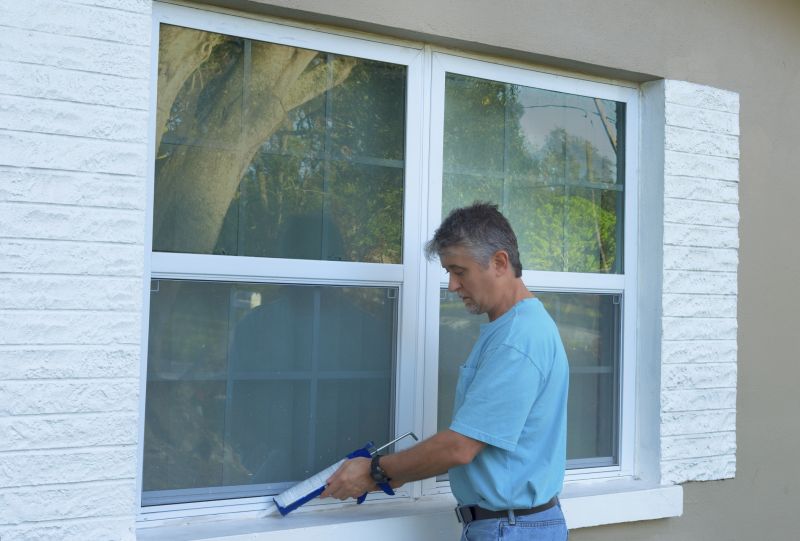
Spring and summer months typically provide optimal conditions with warmer temperatures and lower humidity for waterproofing.
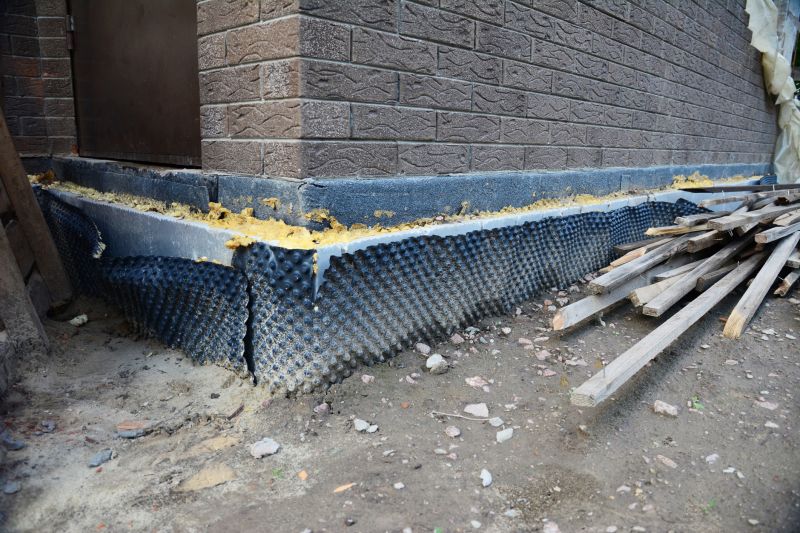
Wet or freezing conditions can compromise waterproofing effectiveness, making fall and winter less suitable for these projects.

Ways to make Waterproofings work in tight or awkward layouts.
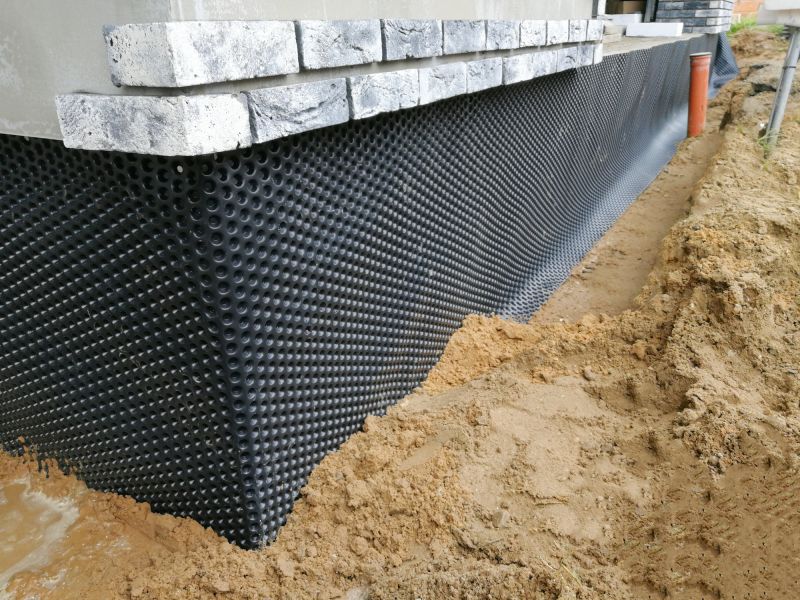
Popular materials for Waterproofings and why they hold up over time.
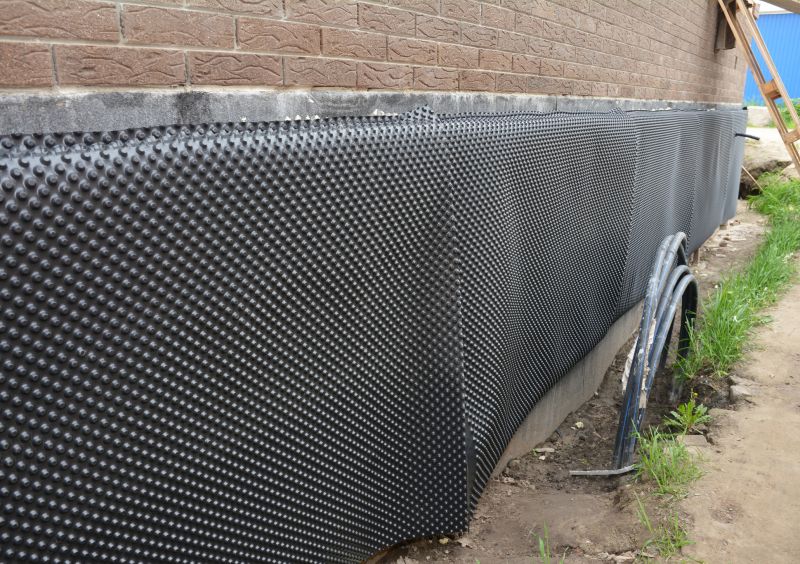
Simple add-ons that improve Waterproofings without blowing the budget.

High-end options that actually feel worth it for Waterproofings.
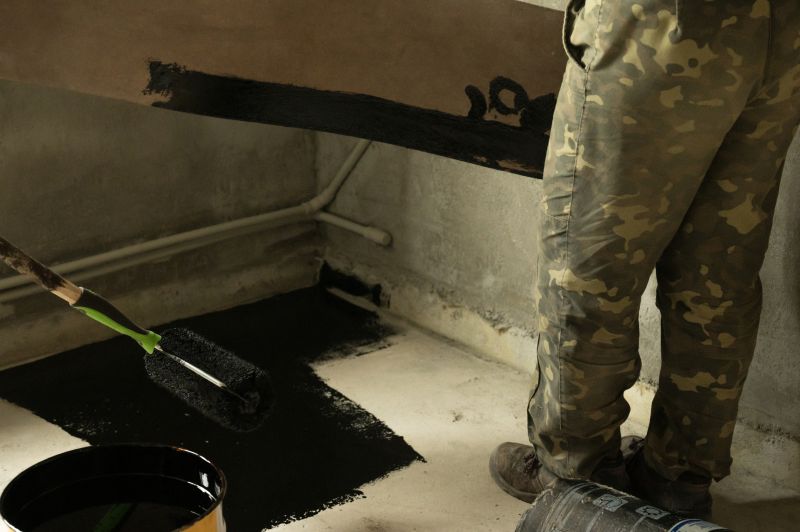
Finishes and colors that play nicely with Waterproofings.
Waterproofings are critical in protecting structures from water intrusion, which can lead to structural damage, mold growth, and reduced lifespan of building components. Properly applied waterproofing materials create a barrier that prevents water penetration, maintaining the integrity of foundations, roofs, and walls.
Timing waterproofing projects during warm, dry periods improves application quality and longevity.
Rain, snow, and freezing temperatures can hinder proper curing and adhesion of waterproofing materials.
Properly timed waterproofing can extend the lifespan of a structure and reduce future repair costs.
Ensuring surfaces are clean and dry before application enhances adhesion and effectiveness.
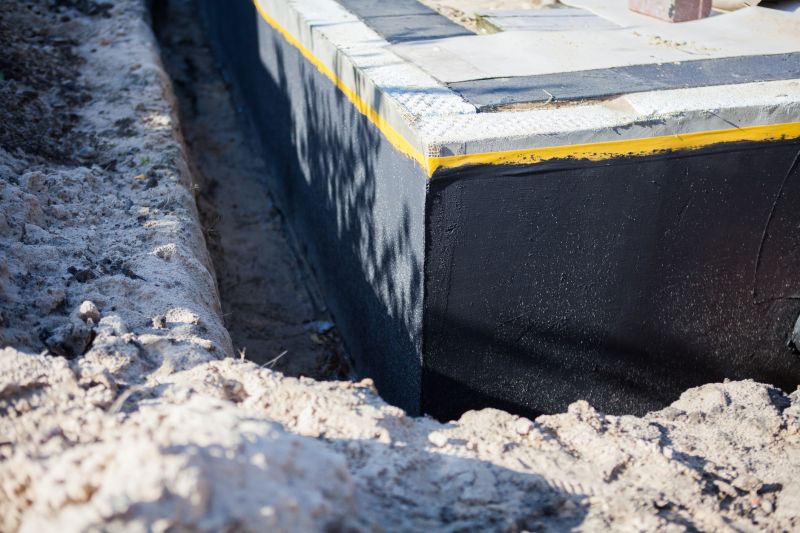
Applying waterproofing in optimal weather conditions ensures maximum effectiveness.
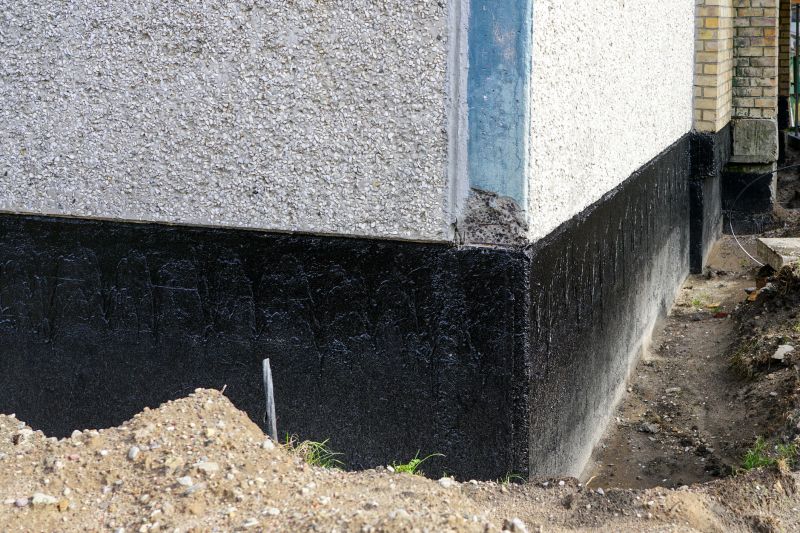
Ideal for ensuring complete curing and adhesion of waterproofing layers.
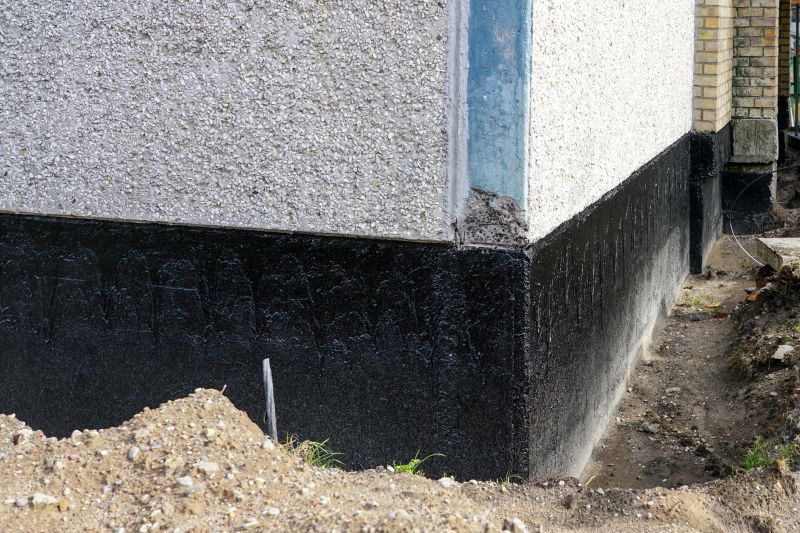
Preparing structures before cold weather prevents water damage during winter.

Timing waterproofing after adverse weather events can prevent water intrusion.
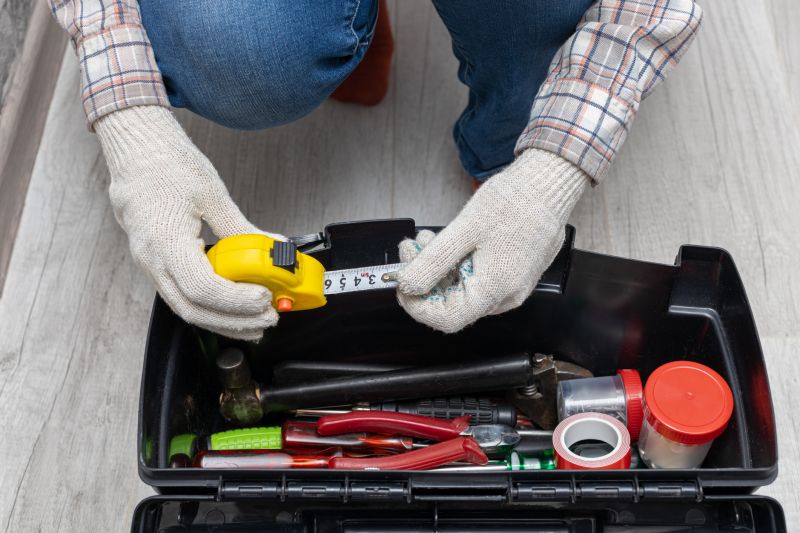
Little measurements that prevent headaches on Waterproofings day.

A 60-second routine that keeps Waterproofings looking new.

A frequent mistake in Waterproofings and how to dodge it.
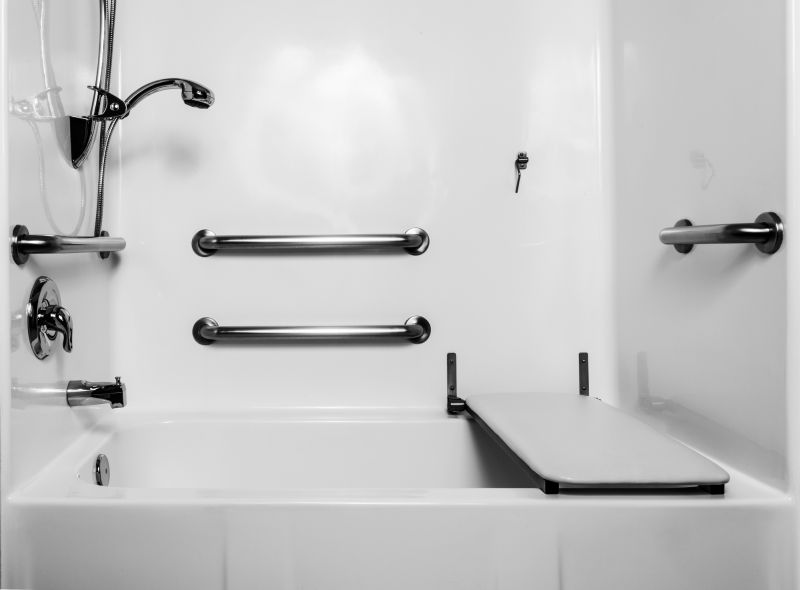
Small tweaks to make Waterproofings safer and easier to use.
| Season | Advantages |
|---|---|
| Spring | Warmer temperatures and moderate humidity improve application conditions. |
| Summer | Extended dry periods allow for thorough curing and long-lasting results. |
| Fall | Prepares structures for winter, especially in milder climates. |
| Winter | Generally not recommended due to freezing temperatures and moisture issues. |

